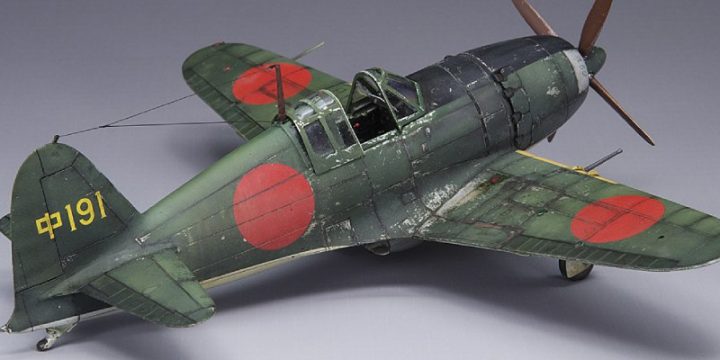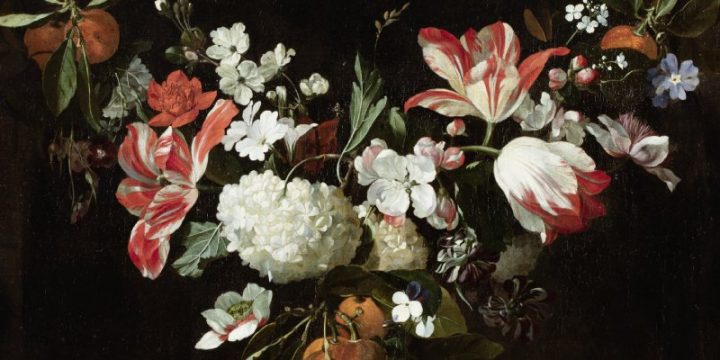
Anna Bilinska
She was quite young and showed clearly she was proficient into painting, but the Fate did not want the life of the Polish artist Anna Bilinska-Bohdanowicz (1854-1893) to last long enough for us to see any mature paintwork. She was lucky anyway, the environment, the family allowed an early calling so she travelled to Paris in 1882 to enroll in the well-known ‘Académie Julian’, the only renowned art academy in Paris which allowed the women to enroll. Anna Bilinska is mainly known because of her portraits but I much prefer three self-portraits (made using oil paints, one of them still unfinished). She has depicted herself looking straight at the viewers, holding an artist’s palette, a set of paintbrushes, no doubt proud of her craft. Few things are as pleasant as…


